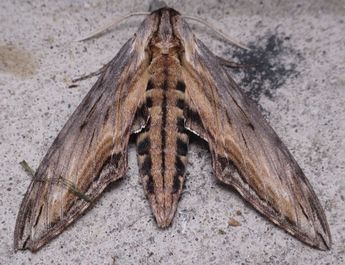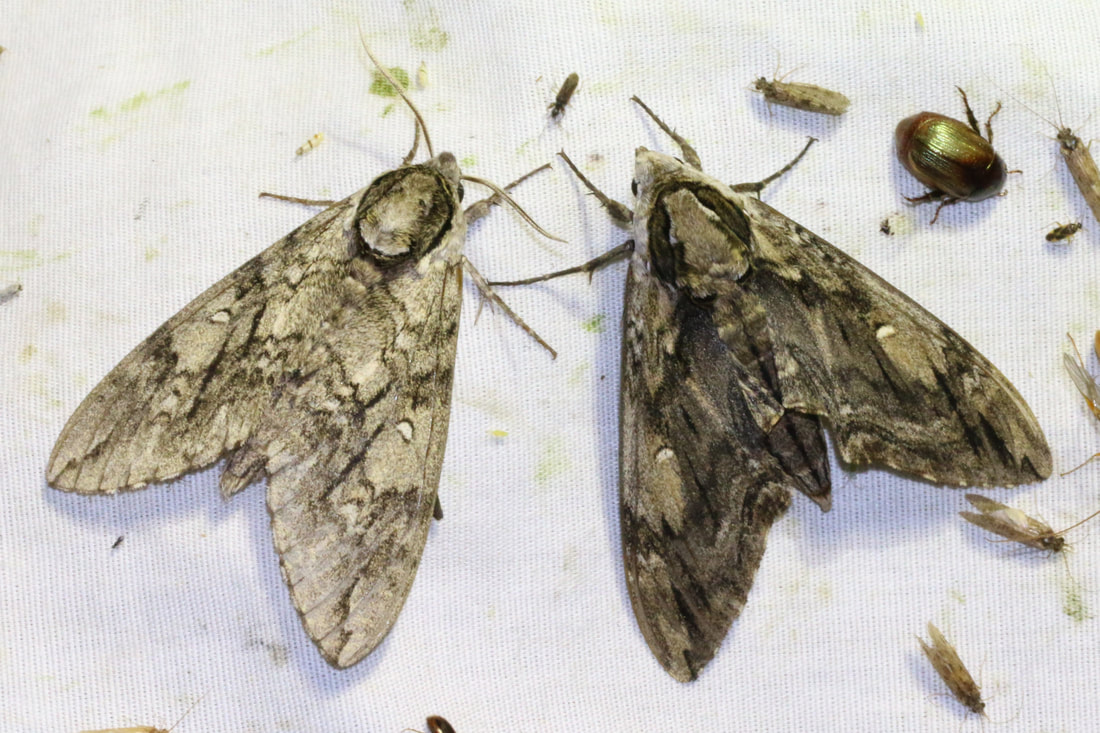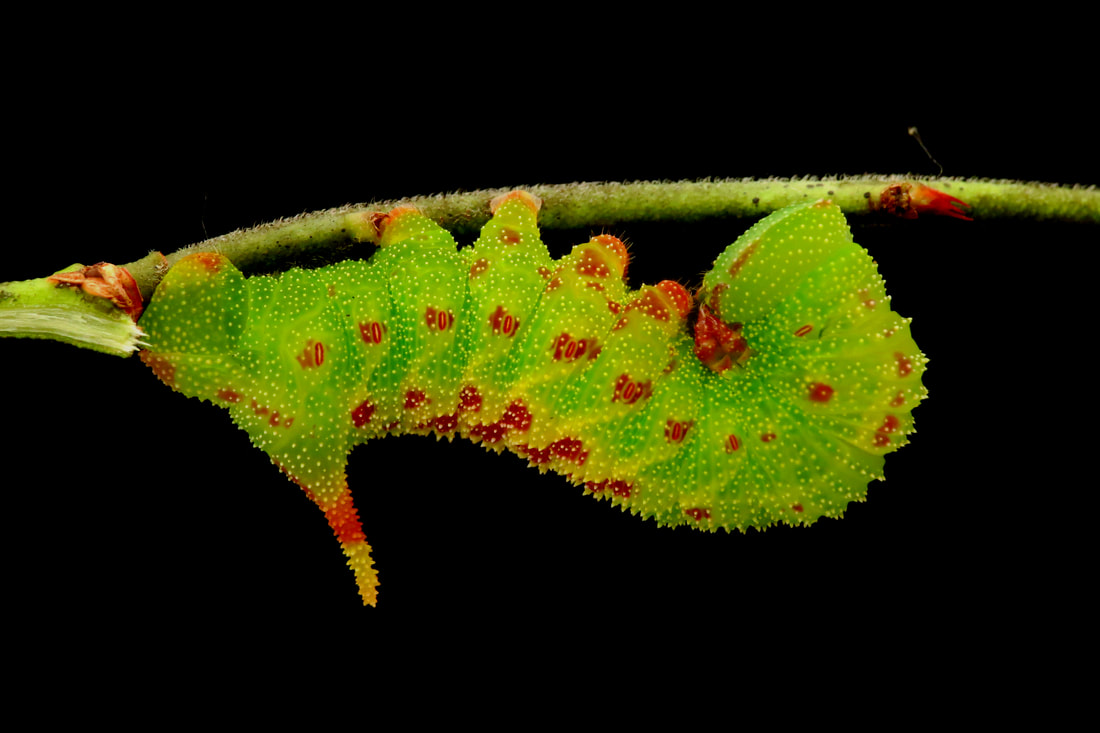Welcome
Welcome to Sphingidae of the United States of America. This website gives you a detailed overview of the species of Sphingidae found in the United States. Sphingidae, also known as Hawk Moths and Sphinx Moths are found on every continent (except Antarctica) and are well known for being pollinators. Approximately 135 species of these magnificent insects can be found in the USA. Currently, this website has profiled about half of them. You can find what species are on the website by clicking the “Sphingidae Index” button below, or by using the menu in the top left corner. Every level of taxonomy represented (Subfamily, Genus, species) is clickable and contains information. You can find pictures, range information, rearing notes, ecology notes, and much more on each species page. Interested in caterpillars? Checkout the “Final Instar Larva Key” by clicking the button below. This feature will help you identify some caterpillars you find in the wild. We also have a very comprehensive Hostplant Index that shows you what plants these insects eat, which can be found by clicking the button below or in the menu. As with most educational websites, this one couldn’t be possible without lots of help and preexisting work. Please checkout our sources and acknowledgements pages for more. We are also always adding new features and new information. Keep checking back for updates, follow us on Instagram (@SphingidaeUSA) and like us on Facebook.
final instar larval IDThere are a series of keys here that will help you ID your final instar caterpillar based on your location. Don't know if you have a final instar caterpillar? Check out the General Information tab. |
|
Hostplant Index
|
Parasitoids and Predators
Follow this link to go to the Parasitoid and Predator page. Here you will find information and photos of parasitoids and what hosts they have been recorded on as well as common predators of Sphingidae.
|
Acknowledgements and Sources
|
|
With over 1450 species in this family worldwide, and 135 species being found in the US, it's hard not to imagine the incredible diversity of these insects. |





